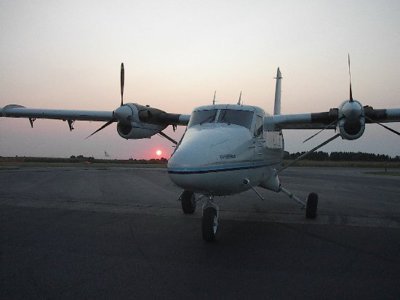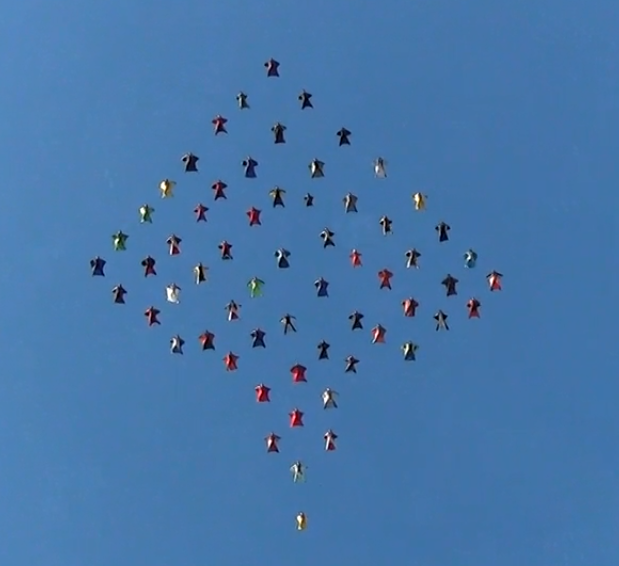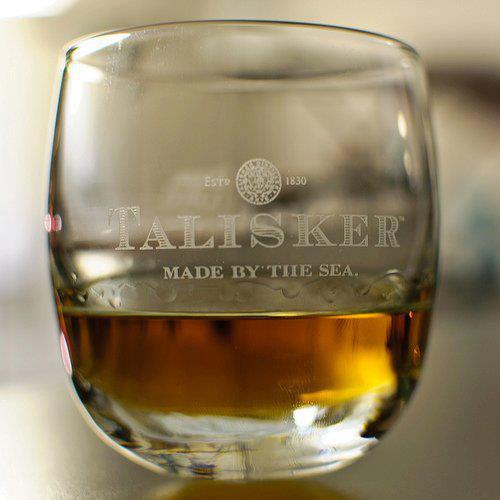Recommended Posts
QuoteOoops... my bad.
Would it not be the case that a shedding blade would most likely fly itself forward, rather than pierce the cabin anyway?
_Am
You could hope. But past experience says those blades go wherever the heck they want to. I've seen reports of props slung on Saab 340s that went into the cabin. I know that one Casa slung the whole prop disc and it was described to have gone forward first before arcing over the top.
www.diverdriver.com
ATP/D-19012
FB #4125
QuoteThat aircraft is a Fokker F-27, designated by the military as a "C-31." The Golden Knights have had two of them since the late 1980's.
Two? I thought one of went in at Yuma in late 2001 or maybe early 2002. I remember hearing about it when I was in rigging school.
-Blind
jdhill 0
Quoteone of went in at Yuma
I thought that was their porter, at mirana...
QuoteQuoteThat aircraft is a Fokker F-27, designated by the military as a "C-31." The Golden Knights have had two of them since the late 1980's.
Two? I thought one of went in at Yuma in late 2001 or maybe early 2002. I remember hearing about it when I was in rigging school.
-Blind
Anyone have more info about the GKs taking the wings off their Twin Otter when it was taxied in between two hangars that were a weeee bit too close?
www.diverdriver.com
ATP/D-19012
FB #4125
cvfd1399 0
piisfish 135
QuoteDon't know if it's just me, or maybe others have thought about it
When your sitting next to the prop an watching it out of the window
how many of you have thought about what would happen if it came unglued
I don't worry about it, because I know they use Superglue
billvon 2,406
>How many DZ's have the little compartment in the rear open for people
>to sit.
In my experience about 25% of the Otters out there have access to that.
>How bad is a blow out on the front or rear tires on takeoff.
Depends where it happens. If it happens when the elevator has enough authority to hold the nose off the ground, a loss of the nosewheel tire is not very significant; GA pilots actually practice soft-field takeoffs while intentionally holding the nose off the ground as early as possible. Also, if you lose a main-gear tire when the gear are lightly loaded (i.e. when you begin to rotate) it's also more of a minor issue. Unfortunately, that's when it's least likely to occur.
Larger aircraft have V1 (or decision) speeds; if they lose a tire after that point in the takeoff they must continue the takeoff because there is not enough room to stop the aircraft before the end of the runway. Otters at most DZ's don't have this consideration, since they're pretty good STOL aircraft.
>I am sure that it is flown by cable is there any sort of back up?
Most aircraft can be flown by use of trim tabs if all else fails; that's how autopilots in light aircraft work, they just tweak the trim tab.
>I understand there are no pistons only compressor blades and fuel
>injectors, but how does it contain the combustion? Is it in something
>that resembles a turbo housing on diesels?
Sort of. Careful design of the airflow within the hot section prevents combustion products from moving upstream of the fuel injectors. Keep in mind that there is some very fast-moving air inside the engine; it's hard for combustion to propagate forward without fuel (i.e. ahead of the injectors.)
>Also I understand it that feathering the prop means turning it lenthwise
>so that it produces the least drag to the relative wind, what is the term
>for turning them so that they are flat if you look at them from the nose.
Flat pitch, or high RPM pitch. It generates a lot of drag. Pilots use this during landing because a) it helps them descend faster and b) if they need power fast they are most likely going to be at low airspeeds, and flat pitch gets you the most power at low airspeeds. Sort of like low gear on a transmission.
>Can you turn them around and force air forward a bit to slow you down.
In many planes you can; that's called the beta range.
>Like in free fall is there anything you can do to cause drag in a dive
You can slip the plane, which means you cross-control with rudder and aileron (i.e. turn left with the rudder and right with ailerons.) This presents a less streamlined profile to the relative wind. It's more useful to lose an extra 200 feet on final when you're coming in too hot than to descend rapidly from 13,000 feet, and is used more on fixed-pitch prop aircraft that don't have other tricks to lose energy.
cvfd1399 0
kallend 1,635
QuoteDon't know if it's just me, or maybe others have thought about it
When your sitting next to the prop an watching it out of the window
how many of you have thought about what would happen if it came unglued
I know I have.
Also is thier any reason that the prop rotates anticlockwise (looking from the front)?
They turn the other direction in the southern hemisphere
The only sure way to survive a canopy collision is not to have one.
QuoteThey turn the other direction in the southern hemisphere
Naah, just russia...
Dave
Zep 0
Thats strange so does the water going down the plug hole
So I take it there is no particular reason for turning anticlockwise?
Gone fishing
billvon 2,406
>Naah, just russia...
Interesting point about some russian prop transports -
On most US aircraft, both props spin in the same direction. That means that there is something called a "critical engine." Without getting into too much detail, on multiengine planes with engines spinning the same direction there is one engine that, if you lose power on it, the plane becomes harder to control than if you lose power on the other engine. Some russian transports are designed with props that spin opposite directions on opposite sides of the plane, such that there is no critical engine.
QuoteQuoteDon't know if it's just me, or maybe others have thought about it
When your sitting next to the prop an watching it out of the window
how many of you have thought about what would happen if it came unglued
Have you also noticed the reinforced fuselage on the exterior of most (all?) Otters for this specific reason?
_Am
The reinforcement on the fusalage is for when ice forms on the prop then is flung off.
But yeah, counter rotating props are a smart design but it's usually just too expensive to build em unless they're absolutely necessary (V-22).
Dave
John





.thumb.jpg.4bb795e2eaf21b8b300039a5e1ec7f92.jpg)



Would it not be the case that a shedding blade would most likely fly itself forward, rather than pierce the cabin anyway?
_Am
You put the fun in "funnel" - craichead.
Share this post
Link to post
Share on other sites